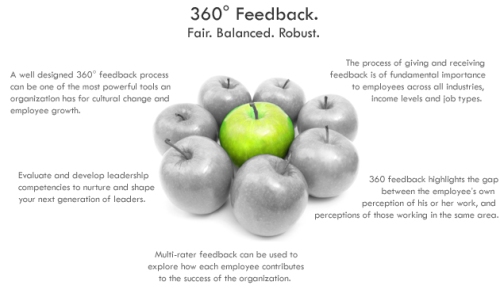Losyk’s (2002) ‘How to conduct a performance appraisal’ is a brief snapshot on what he considers to be key elements of delivering positive and productive performance appraisals. He argues that understanding our biases is the “biggest challenge that impedes an effective performance review”.
So what sort of biases are there?
‘Actor/observer bias’ is an attributional bias where a manager or supervisor for example consistently attributes all failures to the subordinate, discounts their successes and generally assesses their performance as insufficient (Cannon & Witherspoon. 2005).
‘Blind spot’ bias occurs when an employee mirrors the manager in terms of knowledge, skill, ability or even behavioural deficiencies. If the manager isn’t particularly aware of their own short-comings they are likely to be ‘blinded’ so to speak and not take these areas into consideration when conducting the employee’s performance appraisal. This then means that the employee does not become aware of these development areas, and is additionally blinded to areas of mediocre or even poor performance. This can be highly disadvantageous for the individual in the long term when they look for advancement and find out that they need to lift their performance significantly in order to take the next steps in their career.

It is important to note that biases can also be positively skewed which again means that employees become less aware of the areas in which they need to develop. For instance, positive biases such as the “halo effect” where an employee’s one-off high performance masks mediocre performance over the entire appraisal period. This can significantly impact upon employee’s self-perception and how they receive future feedback about their performance. This is because unless they receive accurate feedback on their performance in real-time they will keep making inferences and assumptions about how they are performing and are often met with disappointment and frustration when they discover their perception is not aligned with their managers. This is why open communication and regular feedback and is so important in the workplace.
Additionally, many managers feel almost compelled to inflate their ratings and this results in what is coined the Lake Wobegon phenomena “where everyone is good looking and all the employees are above-average”. This is most likely to occur when managers feel as if they must rate their employees on their performance and also in relation to how other managers will rate similar staff. This of course is poor practice as it does not objectively rate the employee and sends mixed messages around the feedback provided.
It’s wise to help your managers to understand these biases and how they impact on people and the organization before the performance appraisal period comes around.




